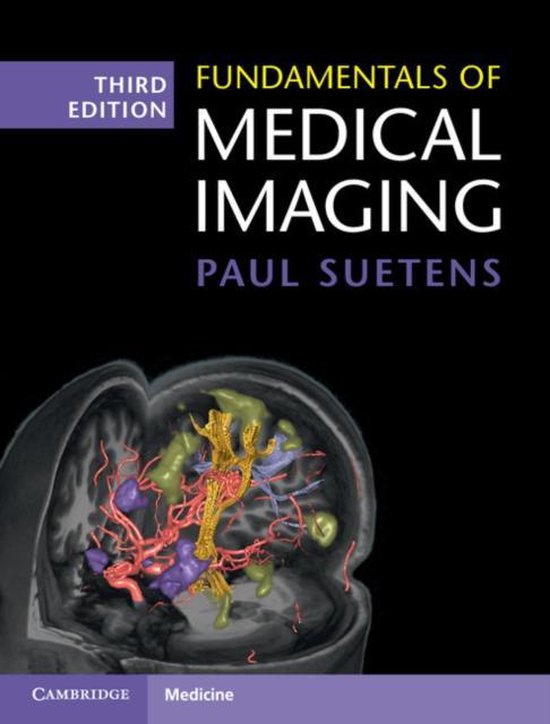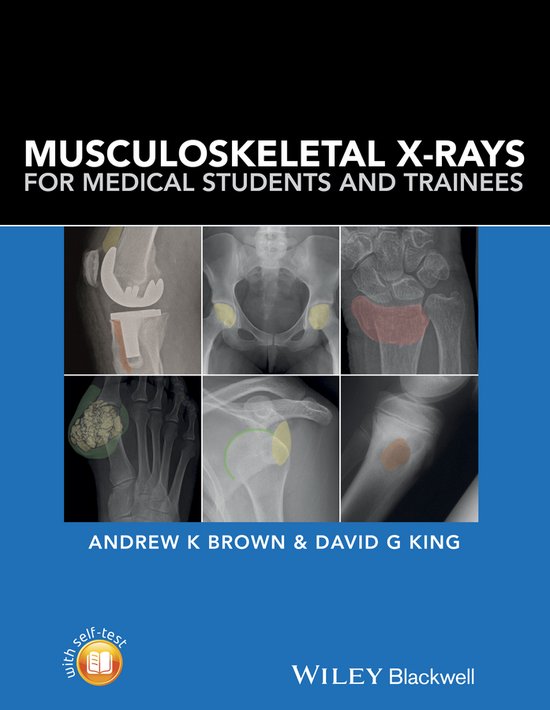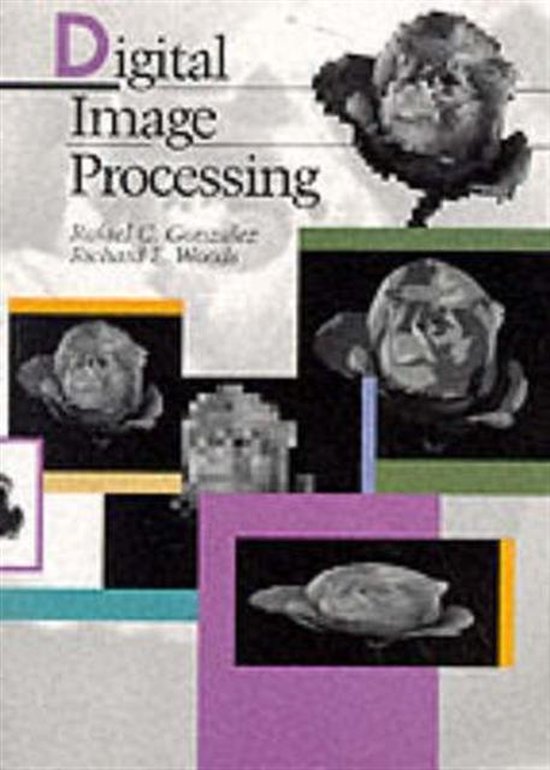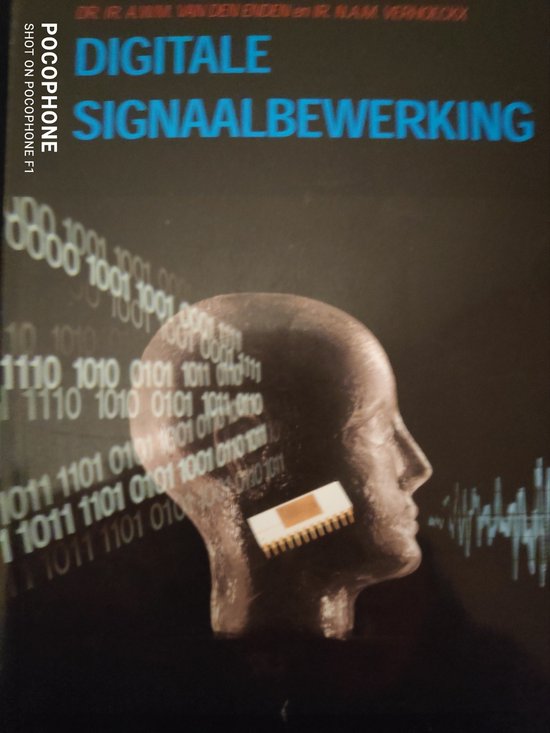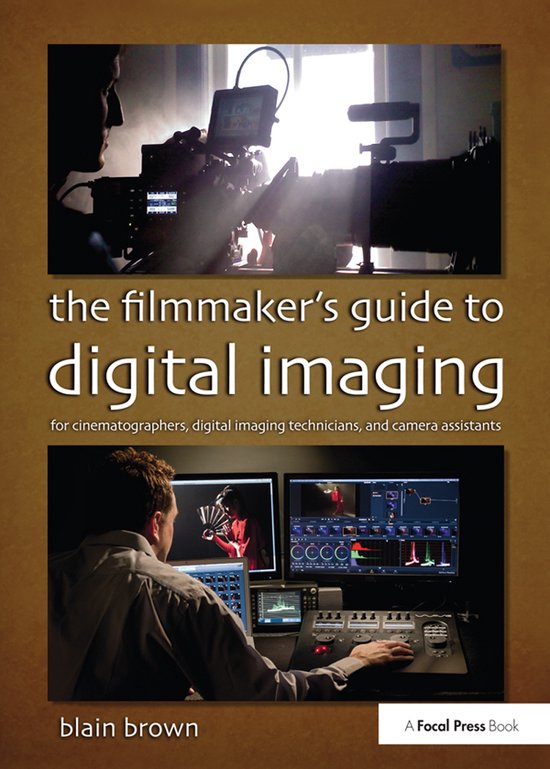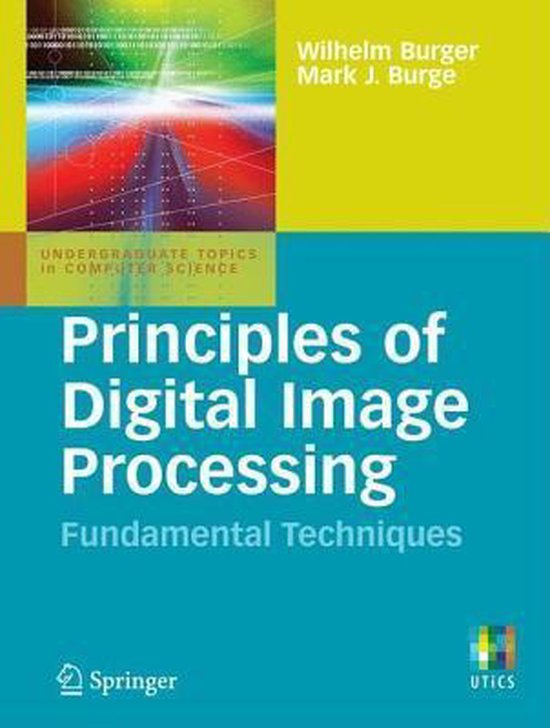
Principles of Digital Image Processing
This easy-to-follow textbook provides a modern, algorithmic introduction to digital image processing, designed to be used both by learners desiring a firm foundation on which to build, and practitioners in search of critical analysis and concrete implementations of the most important techniques. The text compiles the key elements of digital image processing, starting from the basic concepts and elementary properties of digital images through simple statistics and point operations, fundamental filtering techniques, localization of edges and contours, and basic operations on color images. Mastering these most commonly used techniques will enable the reader to start being productive straight away.
Features and topics:
- Practical examples and carefully constructed chapter-ending exercises drawn from the authors' years of experience teaching this material
-
- Real implementations, concise mathematical notation, and precise algorithmic descriptions designed for programmers and practitioners
-
- Easily adaptable Java code and completely worked-out examples for easy inclusion in existing (and rapid prototyping of new) applications
-
- Uses ImageJ, the image processing system developed, maintained, and freely distributed by the U.S. National Institutes of Health (NIH)
-
- Provides a supplementary website with the complete Java source code, test images, and corrections – www.imagingbook.com
-
- Additional presentation tools for instructors including a complete set of figures, tables, and mathematical elements
This concise, yet comprehensive and reader-friendly text is ideal for undergraduates studying foundation courses, as well as ideal for those seeking to expand their knowledge via self-study.
Wilhelm Burger, Ph.D., is the director of the Digital Media degree programs at the UpperAustria University of Applied Sciences at Hagenberg.
Mark J. Burge, Ph.D., is a senior principal in the Center for National Security and Intelligence at Noblis in Washington, D.C.
This book provides a modern, algorithmic introduction to digital image p- cessing, designed to be used both by learners desiring a ?rm foundation on which to build and practitioners in search of critical analysis and modern - plementations of the most important techniques. This updated and enhanced paperbackedition ofourcomprehensivetextbookDigital Image Processing: An Algorithmic Approach Using Java packages the original material into a series of compactvolumes, therebysupporting a ?exiblesequenceofcoursesindigital image processing. Tailoring the contents to the scope of individual semester courses is also an attempt to provide a?ordable (and "backpack-compatible") textbooks without comprimising the quality and depth of content. Oneapproachtolearninganewlanguageistobecomeconversantinthecore vocabulary and to start using it right away. At ?rst, you may only know how to ask for directions, order co?ee, and so on, but once you become con?dent with the core, you will start engaging others in "conversations" and rapidly learn how to get things done. This step-by-step approach works equally well in many areas of science and engineering. In this ?rst volume, ostentatiously titled Fundamental Techniques,wehave attemptedtocompilethecore"vocabulary" ofdigitalimageprocessing,starting from the basic concepts and elementary properties of digital images through simple statistics and point operations, fundamental ? ltering techniques, loc- ization of edges and contours, and basic operations on color images. Mastering these most commonly used techniques and algorithms will enable you to start being productive right away.
| Auteur | | Wilhelm Burger |
| Taal | | Engels |
| Type | | Paperback |
| Categorie | | Technologie & Bouwkunde |
